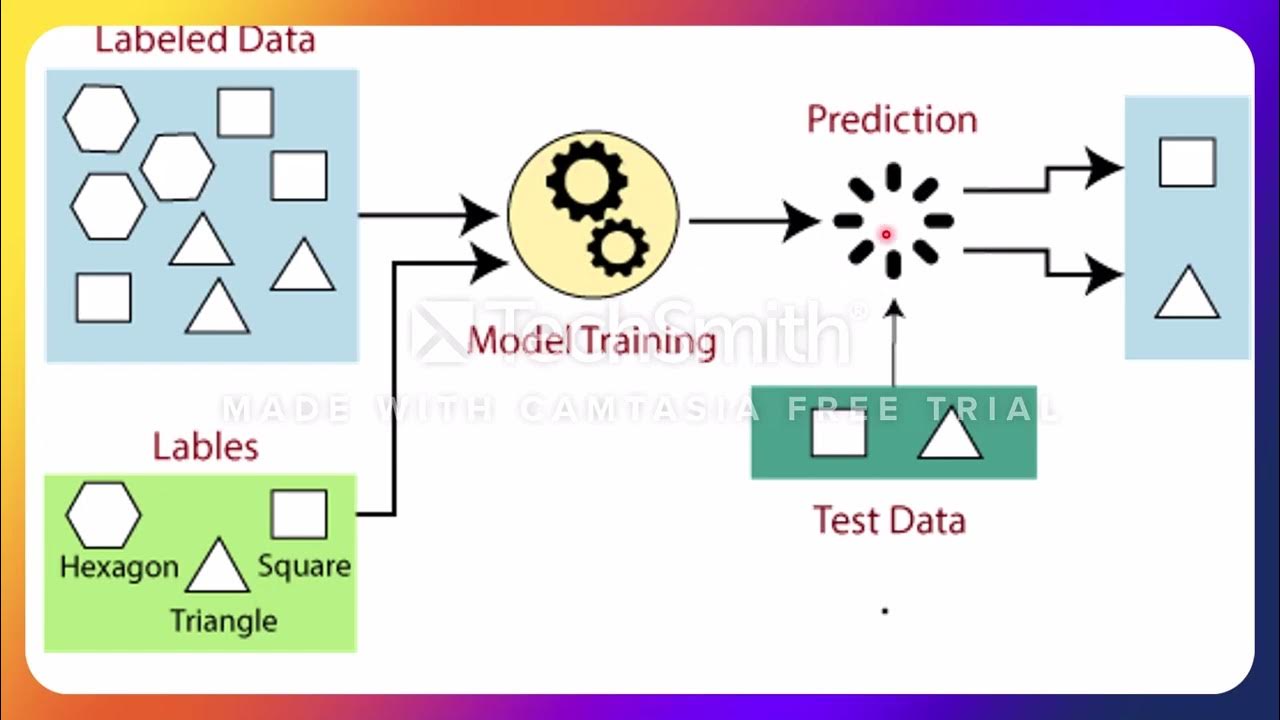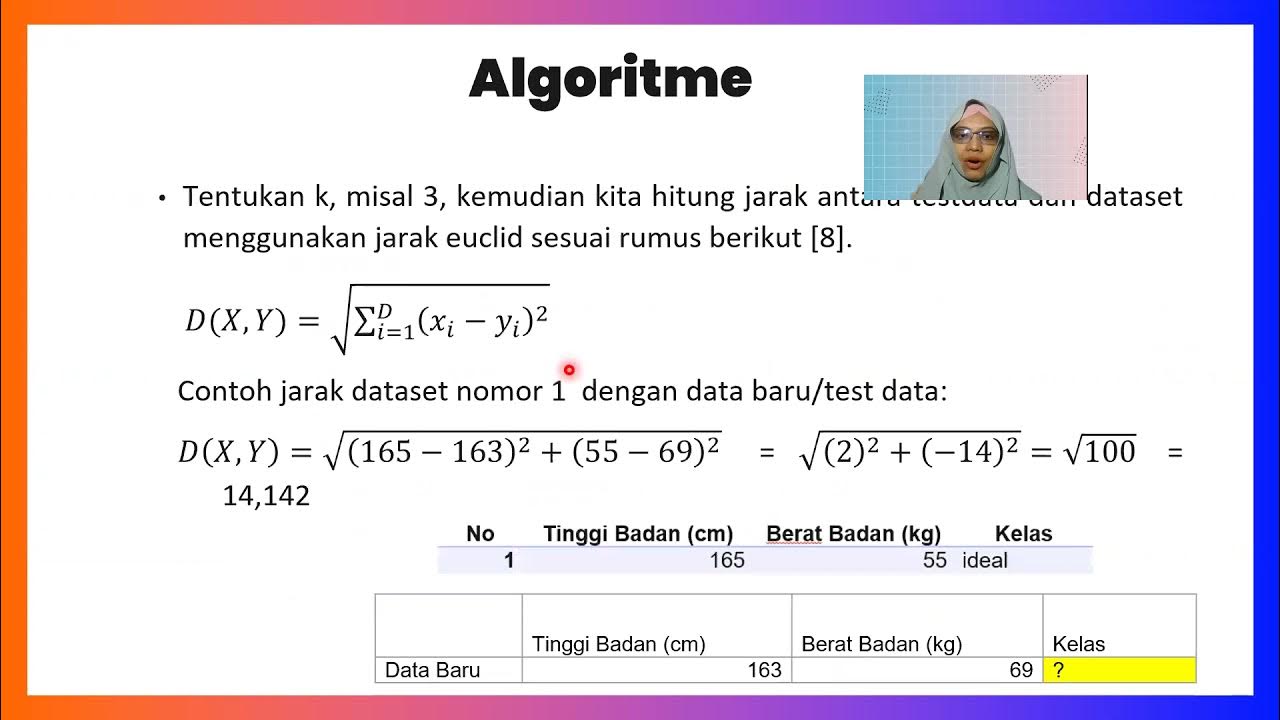Active Learning | Tutorial on Active Learning: From Theory to Practice - Part 1 | ICML
Summary
TLDRIn this tutorial, Rob Norwalk and Steve Hanneke explore active learning, a method that enhances machine learning by selectively querying human experts for labels on unlabeled data. They discuss its theoretical foundations, practical applications, and the potential to reduce the need for labeled data in training. The tutorial covers the basics of active learning, including its efficiency in localization tasks and the use of disagreement-based learning to focus on areas where models are uncertain. The speakers also touch on the implementation challenges and the development of open-source software to facilitate active learning systems.
Takeaways
- 🎓 The tutorial focuses on active learning, a method of machine learning that aims to improve learning efficiency by selecting the most informative samples for labeling.
- 👨🏫 The speakers, Rob Norwalk and Steve Hanneke, are both renowned in the field of active learning, with Norwalk being a professor at the University of Wisconsin-Madison and Hanneke a research assistant professor at the Toyota Technological Institute in Chicago.
- 🔍 Active learning is particularly useful in situations where labeling data is expensive or time-consuming, such as in medical diagnosis from electronic health records.
- 📈 The tutorial outlines a four-part structure covering introduction, theory, advanced topics, and nonparametric learning, with an emphasis on the practical applications of active learning.
- 🌐 The speakers provide a URL for the tutorial slides, allowing attendees to follow along and access materials for further study.
- 🤖 Active learning algorithms work by building a model and then identifying points of uncertainty or confusion to request human labeling, thus improving the model more efficiently.
- 📉 Active learning can significantly reduce the amount of labeled data needed to train a model, as demonstrated in experiments with electronic health records.
- 🛠️ The tutorial discusses the implementation challenges of active learning, including the need for online learning systems and the increased complexity compared to traditional machine learning pipelines.
- 📱 Practical applications of active learning are showcased, such as optimizing crowdsourcing in the New Yorker caption contest and a beer recommendation app for iPhones.
- 📚 The tutorial introduces foundational concepts like VC theory and the difference between 'what' and 'where' information, which are crucial for understanding active learning's theoretical underpinnings.
Q & A
What is the main focus of the tutorial presented in the script?
-The main focus of the tutorial is active machine learning, with an emphasis on the theoretical aspects and practical applications of active learning.
Who are the two speakers introduced in the script?
-The two speakers introduced are Rob Norwalk, a professor in engineering at the University of Wisconsin-Madison, and Steve Hanneke, a research assistant professor at the Toyota Technological Institute in Chicago.
What is the significance of active learning in the context of the tutorial?
-Active learning is significant as it aims to train machine learning systems with less labeled data and less human supervision, which can be more efficient and cost-effective, especially when human labeling is expensive.
How does active learning differ from conventional machine learning in terms of data labeling?
-In active learning, a data selection algorithm judiciously selects specific examples for human labeling based on the model's uncertainty, rather than randomly selecting a subset of unlabeled data as in conventional machine learning.
What is the potential benefit of using active learning in medical applications mentioned in the script?
-The potential benefit of using active learning in medical applications is the reduction of the number of labeled examples needed to learn a good classifier, which can be particularly beneficial when human labeling is time-consuming and costly.
What are some practical applications of active learning discussed in the script?
-Some practical applications of active learning discussed include optimizing crowdsourcing in The New Yorker caption contest and developing a beer recommendation system for an iPhone app.
What is the role of the data selection algorithm in active learning?
-The data selection algorithm in active learning plays a crucial role by automatically selecting specific unlabeled examples that the machine learning model is uncertain about, in order to request human labeling and improve the model.
How does the tutorial outline the process of active learning?
-The tutorial outlines the process of active learning through a meta-algorithm that involves iterating over a loop where models are selected, examples are labeled based on model disagreement, and the hypothesis class is reduced until a small pool of good models is identified.
What is the difference between 'what' and 'where' information in the context of active learning?
-In active learning, 'what' information refers to learning about the properties of a function, such as its probability distribution, while 'where' information involves localizing aspects of the function, such as decision boundaries or function maxima.
How does the script explain the concept of disagreement-based learning?
-Disagreement-based learning is explained as a strategy where the machine learning system focuses on labeling examples where different models make different predictions, thus resolving the model's uncertainty and refining the learning process.
What is the significance of VC (Vapnik–Chervonenkis) theory in the context of active learning?
-VC theory is significant in active learning as it provides a theoretical framework for understanding the capacity of a model class and allows for the bounding of the deviation between the empirical risk and the true risk of a model, which is crucial for understanding the efficiency of active learning.
Outlines

This section is available to paid users only. Please upgrade to access this part.
Upgrade NowMindmap

This section is available to paid users only. Please upgrade to access this part.
Upgrade NowKeywords

This section is available to paid users only. Please upgrade to access this part.
Upgrade NowHighlights

This section is available to paid users only. Please upgrade to access this part.
Upgrade NowTranscripts

This section is available to paid users only. Please upgrade to access this part.
Upgrade NowBrowse More Related Video

What is Semi-Supervised Learning?

#6 Machine Learning Specialization [Course 1, Week 1, Lesson 2]

TYPES OF MACHINE LEARNING-Machine Learning-20A05602T-UNIT I – Introduction to Machine Learning

L8 Part 02 Jenis Jenis Learning

Supervised vs. Unsupervised Learning

K-Nearest Neighbors Classifier_Medhanita Dewi Renanti
5.0 / 5 (0 votes)